Riding My René Herse
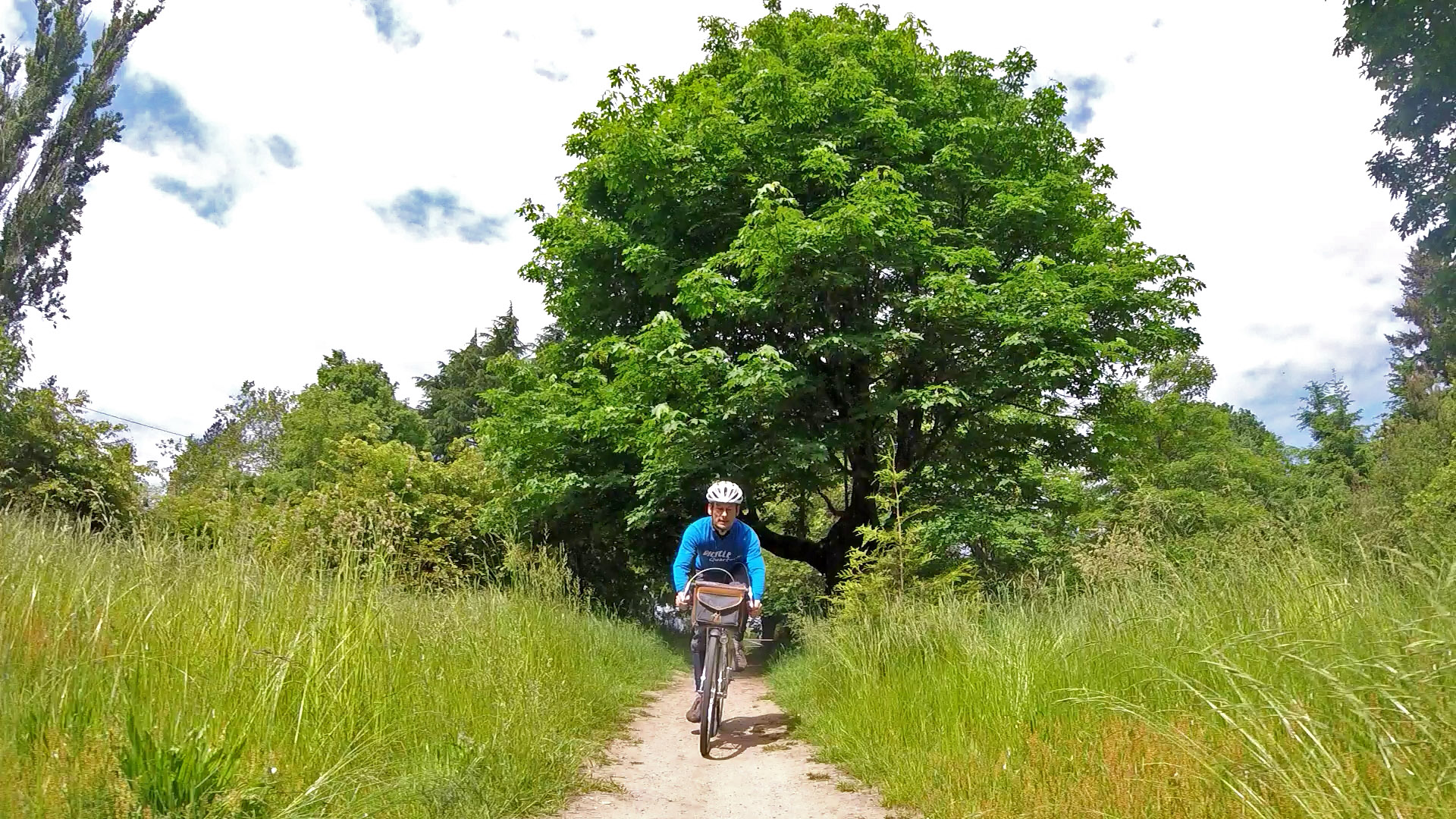
In recent months, I’ve been traveling and testing so many bikes for Bicycle Quarterly that I my “main” bike, the René Herse, hasn’t seen much use. But now the Summer BQ is out, and I am back on my favorite bike. We built it six years ago as a prototype to try new ideas – wide, supple tires; superlight tubing; centerpull brakes; low-trail geometry; and even some special 1940s derailleurs: the front is operated by a direct lever, while the rear is a Nivex with desmodromic actuation and constant spring tension.
To some, the Herse may look like a classic from a bygone time, but its performance is totally modern. I choose it when I want to go far and fast, so I’ve ridden it in 2 Paris-Brest-Paris, 2 Raids Pyreneen, the Oregon Outback, many other brevets and adventures, plus our usual fast-paced rides around Seattle.
[youtube https://www.youtube.com/watch?v=5lZ5CYzzm_w?rel=0&w=640&h=360]
Check out the video above to see what it’s like to ride the bike, and how those derailleurs work. (Make sure to view it in “Full Screen” mode.)
What the video can’t convey is how the bike feels. It’s quite different from riding the modern machines: If I had to summarize it in a single word, it feels light. Not because it weighs very little (although at 11.3 kg / 25 lb, it is lighter than most fully equipped bikes). BQ‘s recent test bikes didn’t have fenders, racks and lights, so they weighed even less. The Herse feels light and small to the point where it almost disappears underneath me.
The narrow tread (Q factor) of the cranks lets my pedal stroke flow easily, whether I’m just spinning along or racing uphill at maximum speed. The low-trail geometry requires only a light touch to direct the bike where I want to go. The thin handlebars, wrapped only in cloth tape, invite this light touch. The brakes don’t require manhandling either, yet they aren’t as grabby as some hydraulic discs. Even the derailleurs’ action is light – they feel lighter than even Di2 paddles. And all these controls have similar weights – which is very important to me, because it makes every action on the bike feel completely natural.
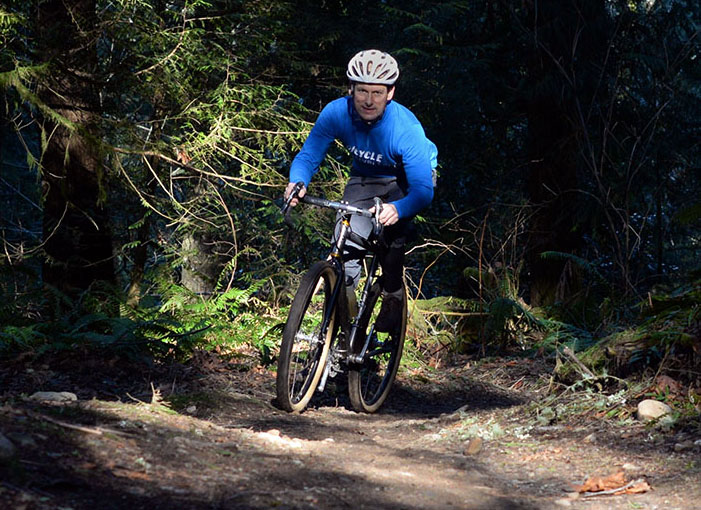
I find it interesting to compare the Herse to the other bikes I’ve ridden in recent months. The closest in feel is my Firefly. This may come as a surprise, as the Firefly is a modern titanium bike, but both frames respond similarly to my pedal strokes. The Campagnolo Ergopower feels similar to the Nivex, too: Shifts require only small hand movements, but both derailleurs respond best to decisive shifts. Punch the levers home, and you get quick shifts. If you are hesitant, the gears may not engage cleanly.
Both bikes have low-trail geometries, and the inertia of the wheels is similar, too: The Firefly has wider 54 mm tires, but smaller 26″ rims, whereas the Herse runs 650B x 42 mm tires. That means their handling is similarly intuitive. Where the two feel different is when riding out of the saddle: The Firefly has less inertia to rocking the bike from side to side, since it doesn’t have fenders nor a rack. So I enjoy the Firefly as a racing bike, for fast-paced rides that don’t require carrying much in terms of supplies. The Herse is a bike that can traverse entire states without stopping. And since their frames allow me to reach my maximum power output, their speed is exactly the same.
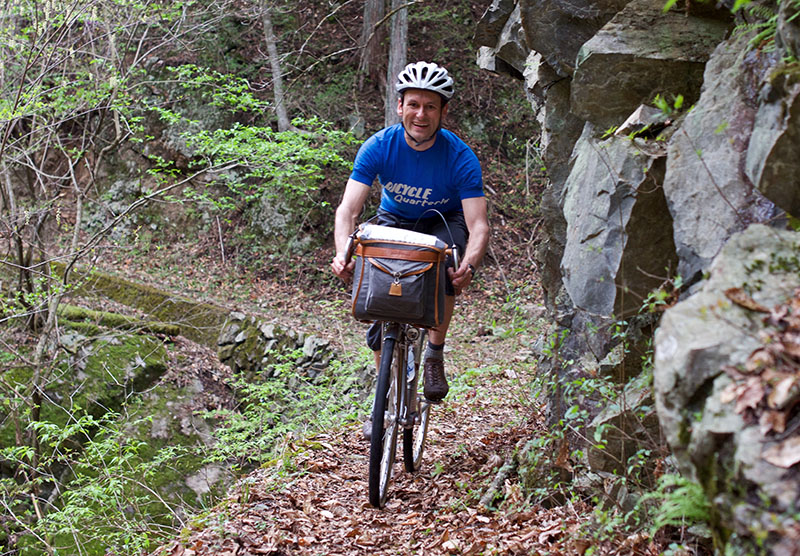
How about the Mule? Outwardly similar – it’s also a 650B randonneur bike made from steel – it feels quite different. Due to its oversized down tube, the frame responds differently to my pedal strokes. Designed to carry a heavier front load, the Mule also has a little more trail. As a result, the Mule feels more planted – more “modern”, if I dare say so – than the Herse. The Mule is a great bike that especially comes into its own when carrying heavy front panniers on the low-rider rack.
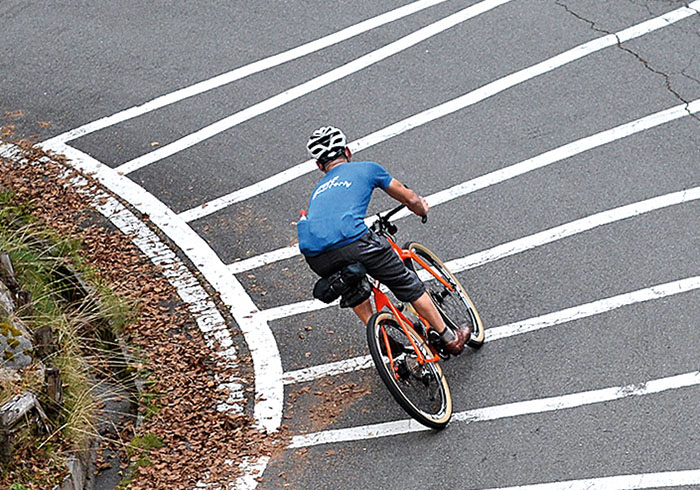
I greatly enjoyed our last two test bikes, the Open (above) and the Boo. Made from carbon and bamboo, they had stiffer frames and a completely different feel. They required me to be more on top of my game, to think more about pedaling smoothly and with power. Their geometries had more trail, which makes them better suited to riders who grip the handlebars firmly. I prefer to guide the bike with a light touch – like a good horse – so I enjoy low-trail geometries for the precision (not much trail) and stability (not much wheel flop). Don’t get me wrong – these are great bikes, but for me, they’d work better if they had more frame flex and less trail.
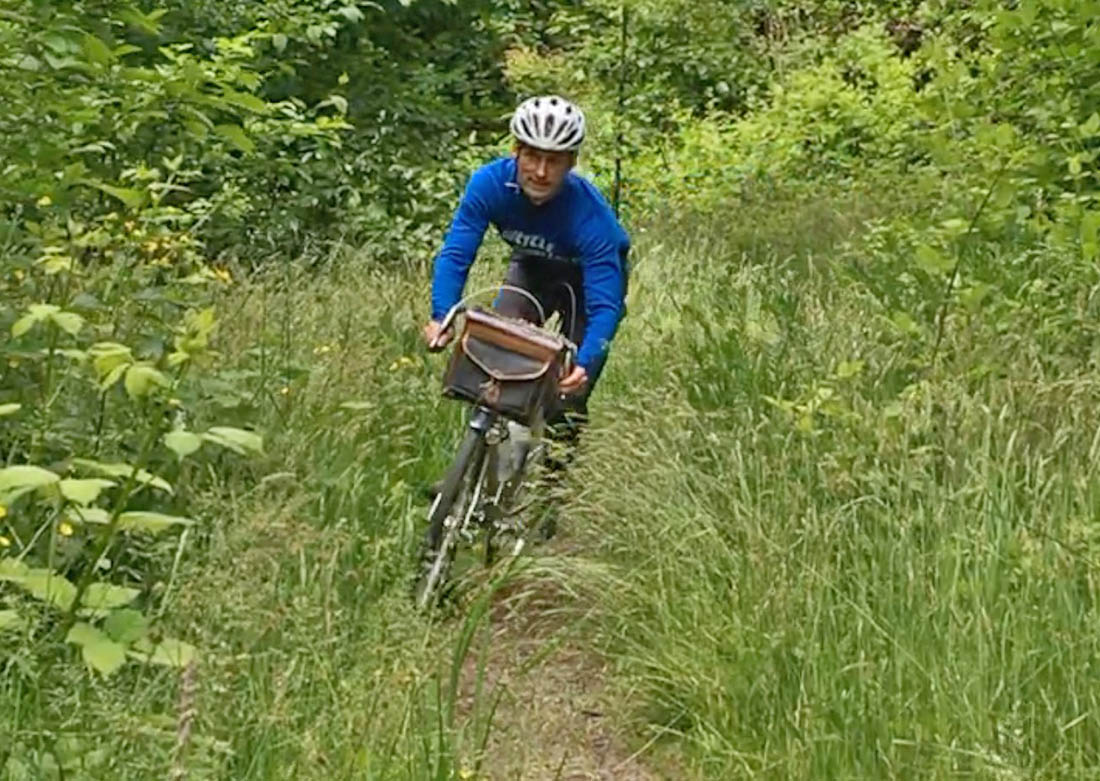
In the end, I enjoy the Herse so much because it feels like an extension of my body. When I ride it, I don’t think about the bike. And that let’s me enjoy the ride even more.
As to the prototype parts that I’ve tested on this bike, many now are available from Compass Cycles: Supple, wide tires that combine speed with comfort. Handlebars shaped for comfort even after ten hours on the bike. Centerpull brakes that are superlight in weight and offer great stopping power and modulation. René Herse cranks that allow you to choose gearing suited to your riding style. Supple fork blades for a little extra suspension.
What about those eye-catching derailleurs? I put them on the bike because I was curious about them. I like them a lot, but I don’t think they change the riding experience as much as the parts mentioned above. I’m perfectly happy with the “standard” derailleurs on my Mule, and I also enjoy the Campagnolo Ergopower on my Firefly. That said, the Nivex rear derailleur in particular does point out areas on modern derailleurs that could be improved, but that is a story for another day…


